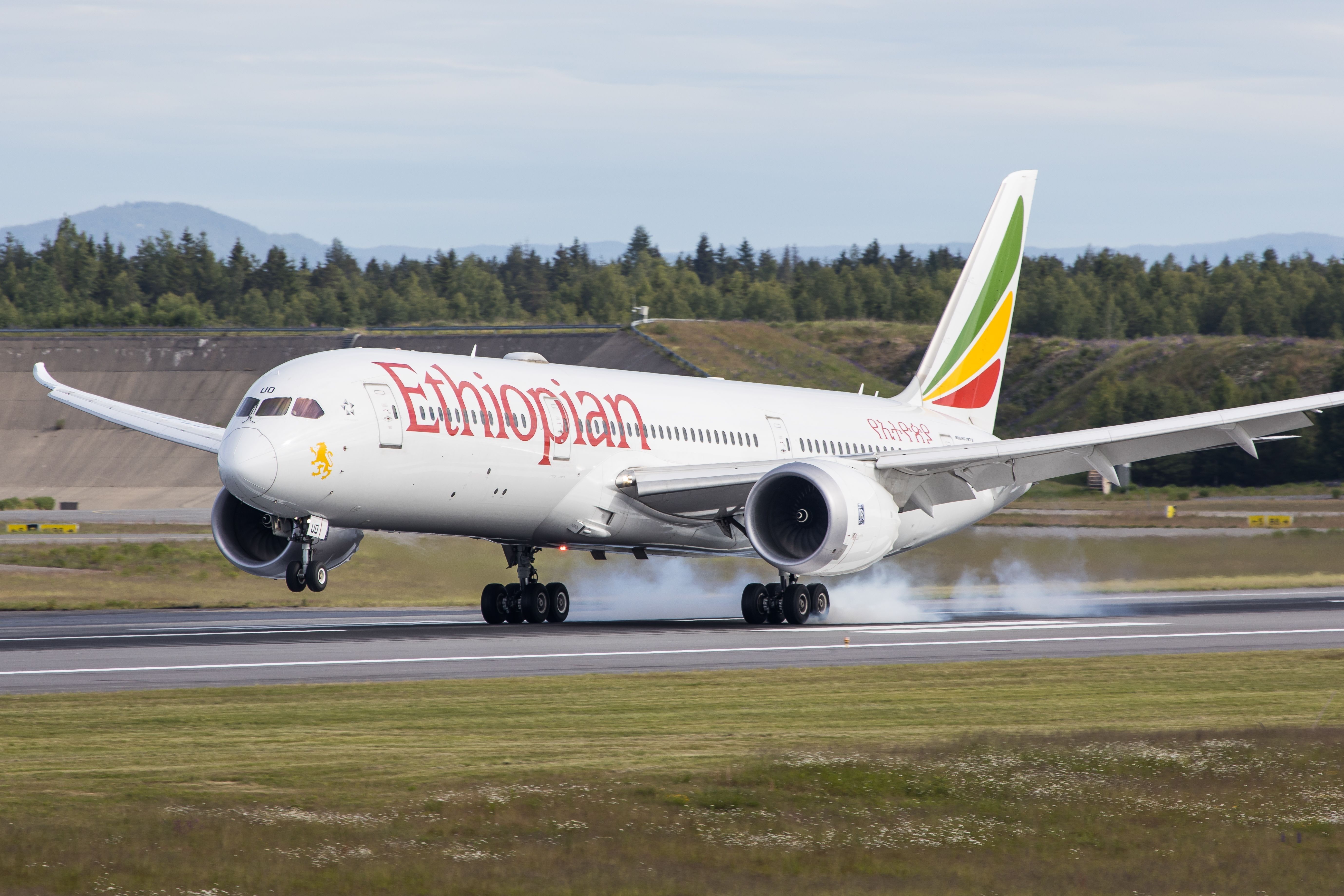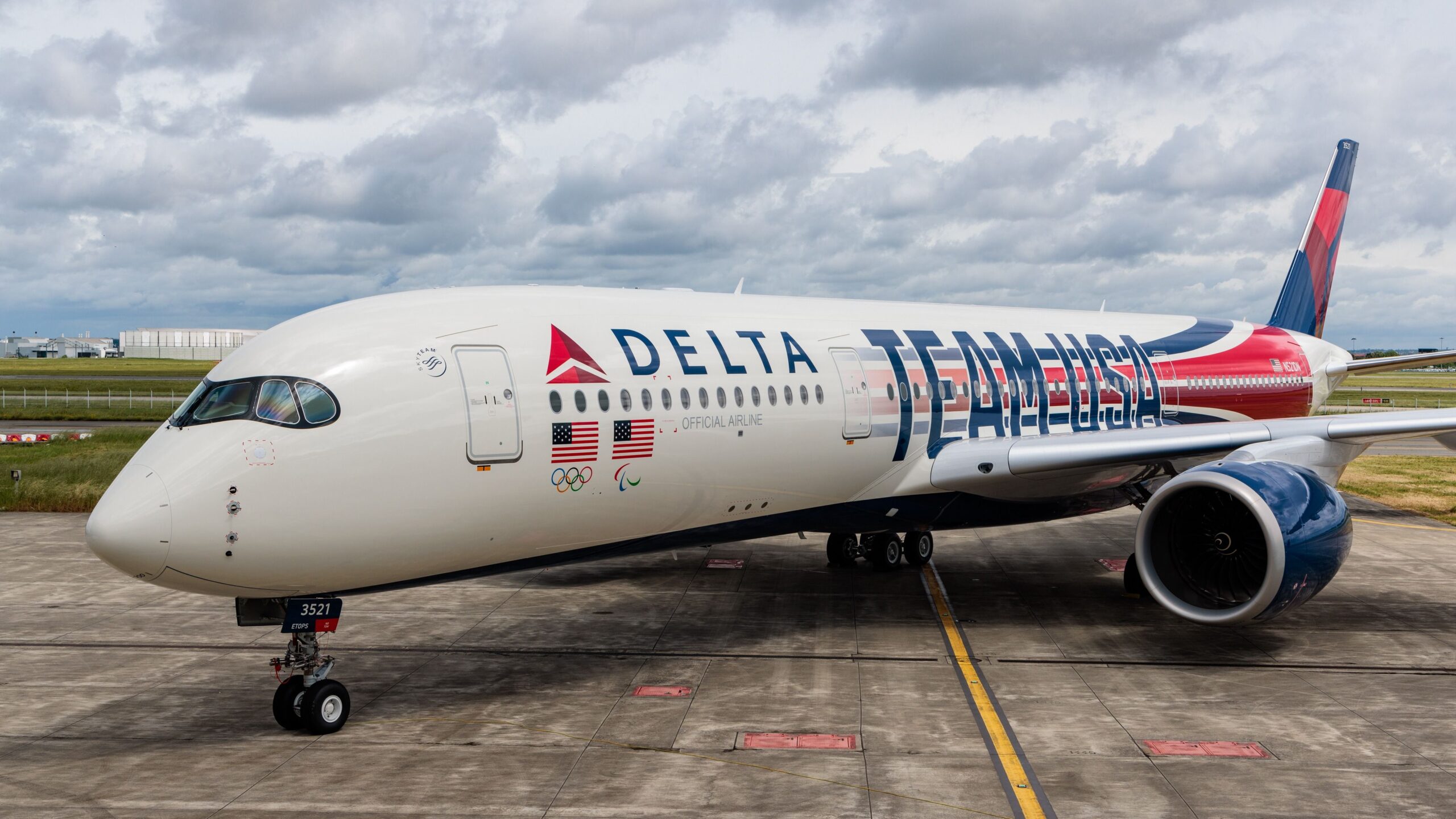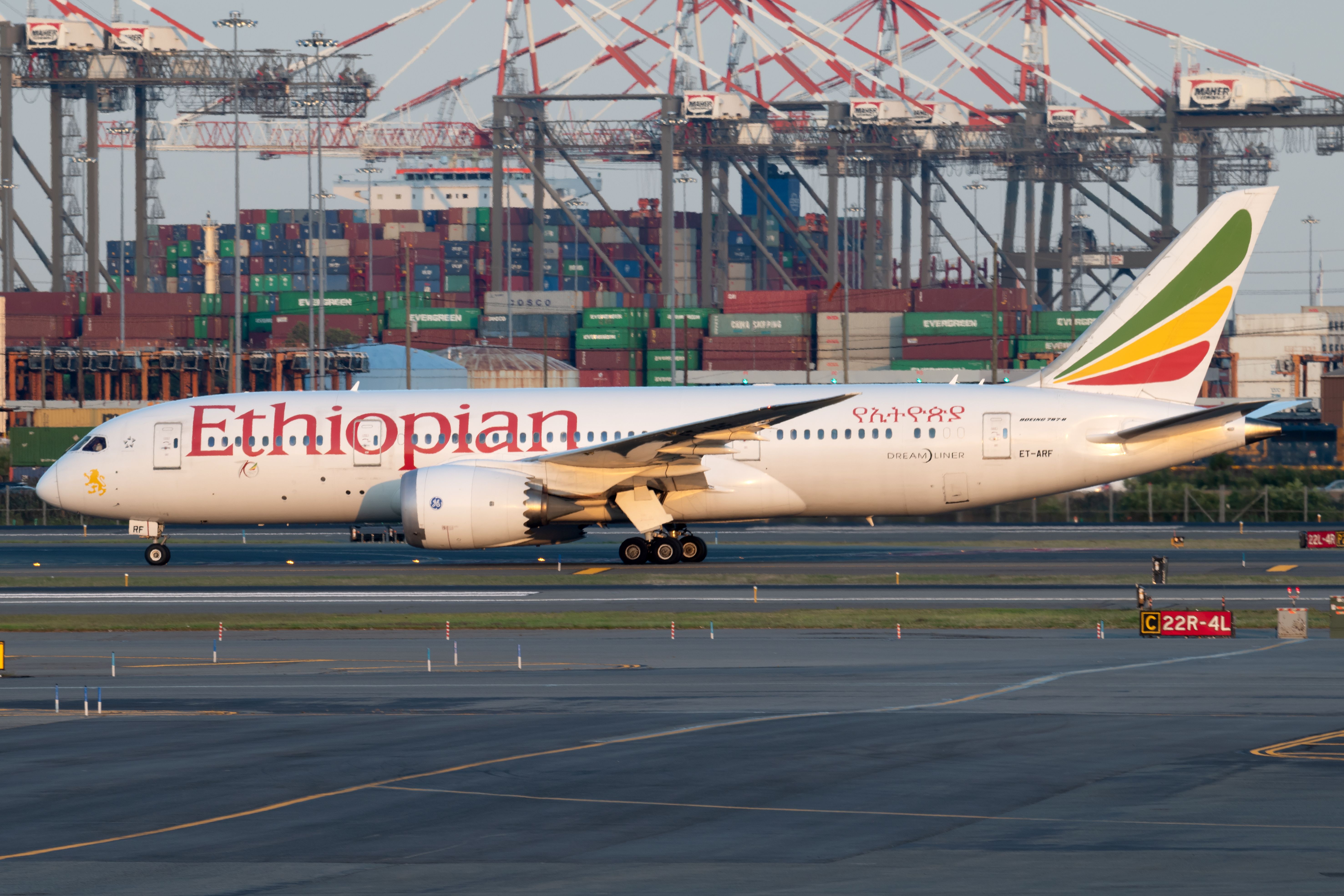Summary
- Africa has only 3.4% of global flights, with an average service covering 762 nautical miles (1,411 km).
- The continent’s 10 longest services comprise non-stop and one-stop flights.
- Non-African carriers appear six times in the top 10, including on the longest link.
Africa has just one in 29 of the world’s flights between July and September. That finding is based on analyzing all schedules everywhere using Cirium data. Africa’s average service covers 762 nautical miles (1,411 km), slightly below a typical flight globally. But what about the continent’s really long routes?
Africa’s 10 longest routes
The following table summarizes them. You will notice that both non-stop and one-stop, same-plane, same-flight-number services are included. This is for completeness, but it does, of course, somewhat impact the results. For example, if only non-stops were considered, they would all touch South Africa. That would not be surprising given the country’s location and extent of long-haul service.
Photo: Delta
Delta from Johannesburg back to the SkyTeam member’s busiest hub ranks first. It is the airline’s longest route and uses the 275-seat Airbus A350-900, its lowest-capacity and highest-premium configuration. The layout entered service in May 2024 primarily to overcome performance problems from Johannesburg, including because of the airport’s hot-and-high nature.
The Great Circle distance is used to order them, but the real-world distance is likely to be different and potentially change the order. That is especially so because the lengths of many airport pairs are similar.
For stopping services, the complete routing is used to measure the distance, which somewhat alters the total but is much fairer. Of course, looking at the 10 non-stop and one-stop routes separately would yield different results.
|
Nautical miles (km) |
Routing |
Comments about June-September |
|---|---|---|
|
7,333 (13,581) |
Johannesburg-Atlanta |
Delta (daily A350-900) |
|
7,065 (13,084) |
Cape Town-Atlanta |
Delta (three weekly A350-900) |
|
6,943 (12,858) |
Johannesburg-Newark |
United (daily 787-9) |
|
6,890 (12,761) |
Addis Ababa-Lomé-Washington Dulles |
Ethiopian (three weekly 787-8; fifth freedom) |
|
6,887 (12,754) |
Cape Town-Washington Dulles |
United (three weekly 777-200ER) |
|
6,841 (12,670) |
Addis Ababa-Abidjan-New York JFK |
Ethiopian (four weekly 787-8; fifth freedom) |
|
6,819 (12,629) |
Johannesburg-Shenzhen-Beijing Capital |
Air China (three weekly A350-900; it is a through service) |
|
6,793 (12,580) |
Cape Town-Newark |
United (three weekly 777-200ER) |
|
6,475 (12,491) |
Addis Ababa-Lomé-Newark |
Ethiopian (five weekly 787-8; fifth freedom) |
|
6,395 (11,844) |
Nairobi-New York JFK |
Kenya Airways (10 weekly 787-8) |

Related
11 Million Transits: Where Ethiopian Airlines’ Passengers Actually Go
These were the places where most of the carrier’s passengers went last year.
Ethiopian Airlines
Ethiopian appears three times, just like fellow Star Alliance member United. However, Ethiopian is unusual, as all its services in the table stop in West Africa in both directions with fifth-freedom traffic rights.
In contrast, Ethiopian’s other North American flights refuel in Rome Fiumicino without traffic rights. They do this outbound only entirely due to Addis Ababa’s high elevation, which significantly impacts take-off performance with a good payload. They then run back non-stop. None of these are long enough to feature.
Photo: Vincenzo Pace | Simple Flying
Two routes stop in Lomé, Togo, partly to feed partner ASKY’s flights. Doing so enables Washington Dulles and Newark passengers to connect across West Africa, with Lagos and Accra paramount. There’s only about a two-hour wait in Lomé en route between Lagos/Accra and the two US airports. (Ethiopian also serves Dulles daily via Rome outbound.)
JFK flights stop in Abidjan. While Abidjan-JFK is not an especially large point-to-point market, it targets that market and Ethiopian’s codeshare agreement with Air Côte d’Ivoire enables passengers to transit across the region via the capital. But why split it with Lomé?
What do you make of it all? Let us know in the comments section.



